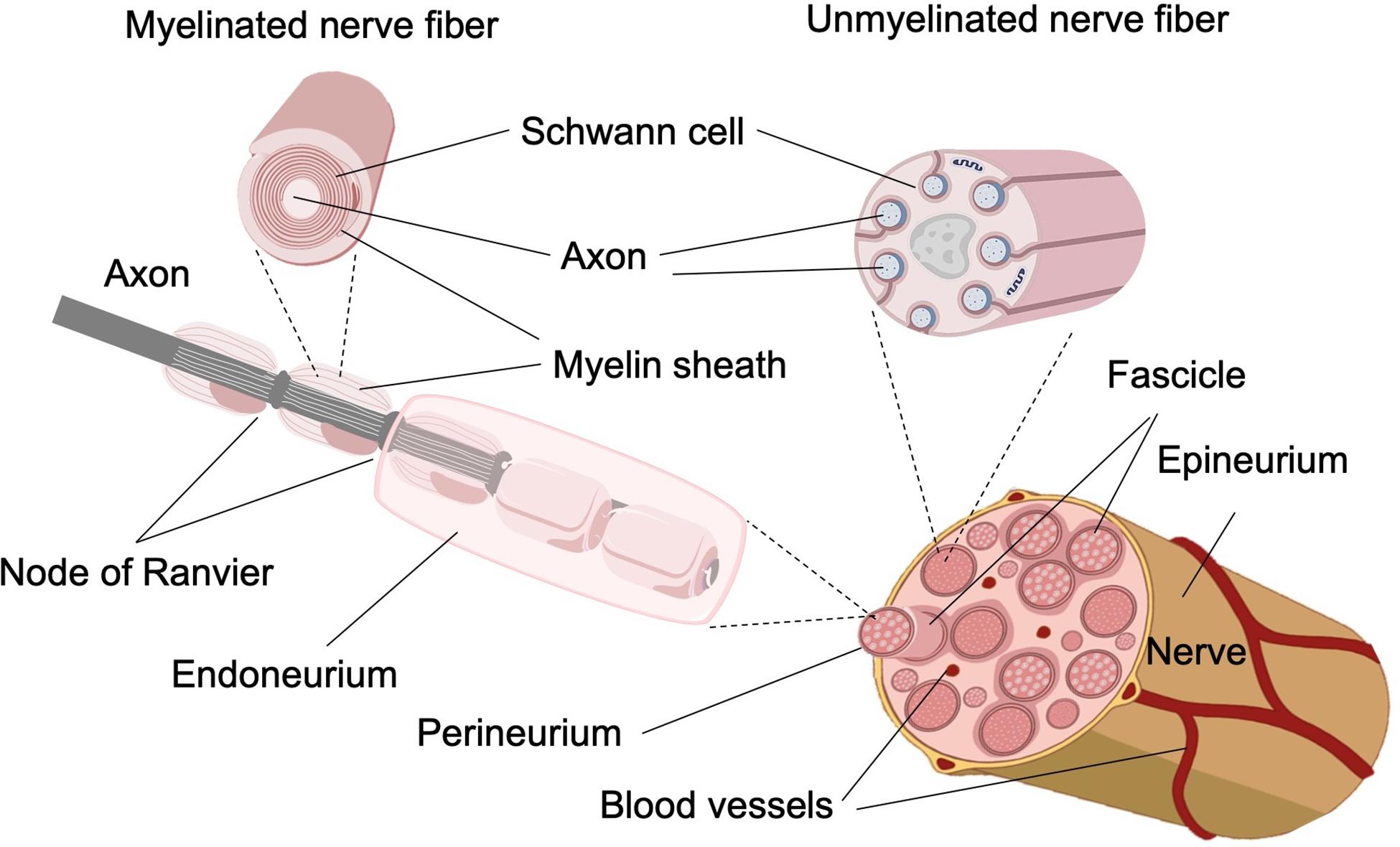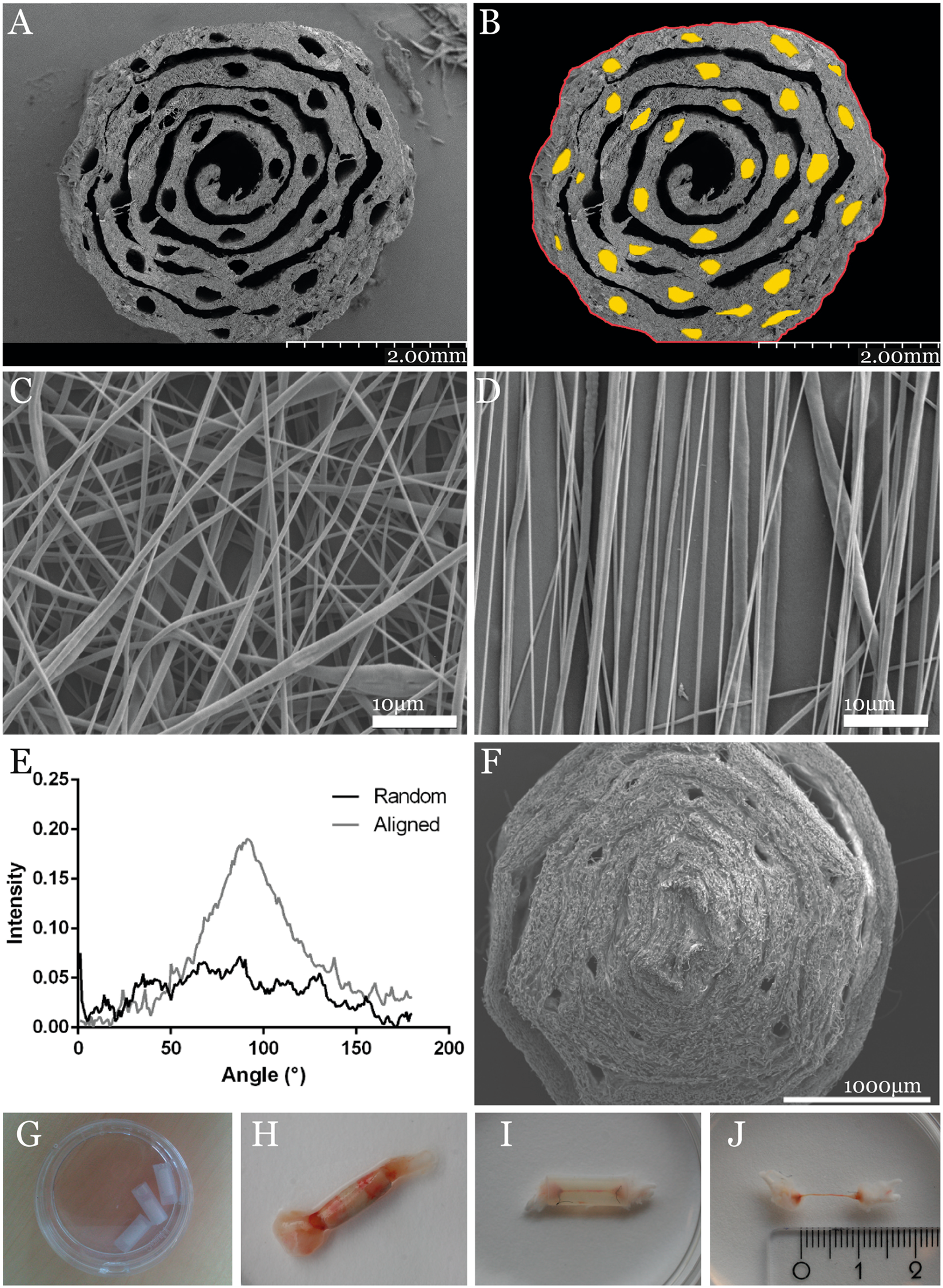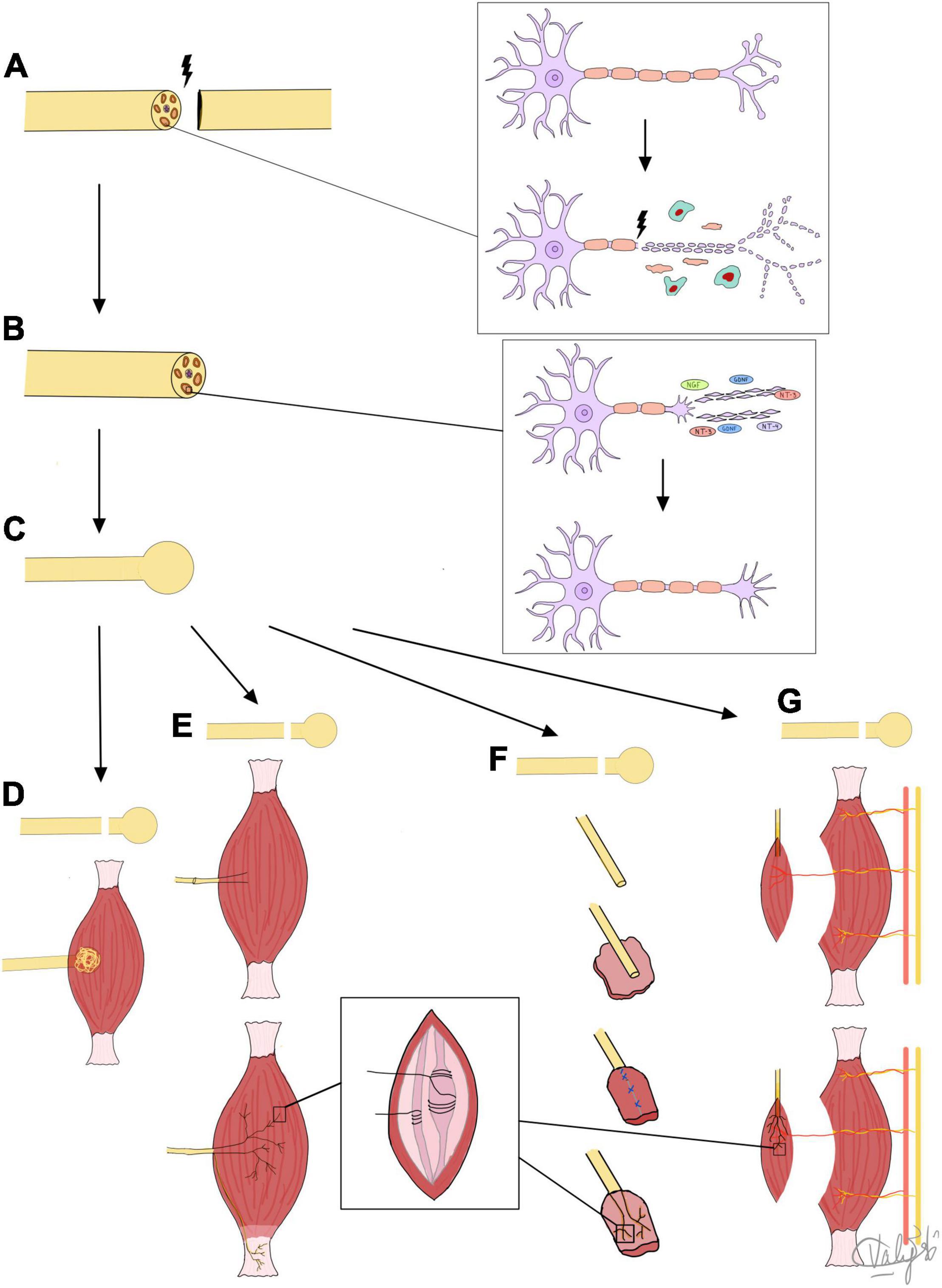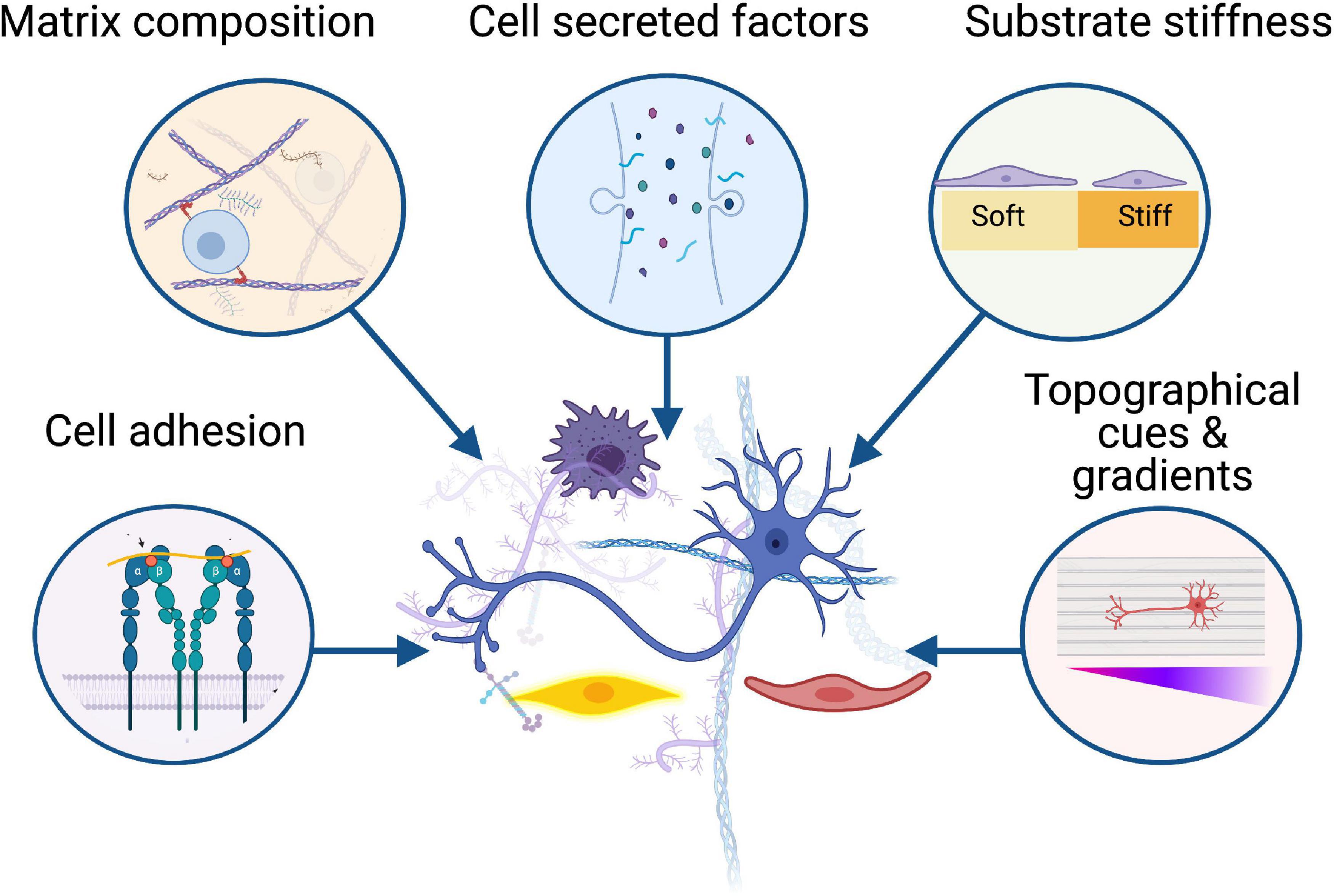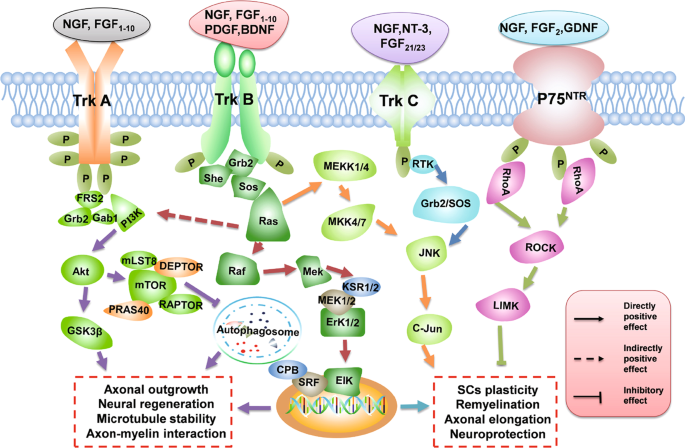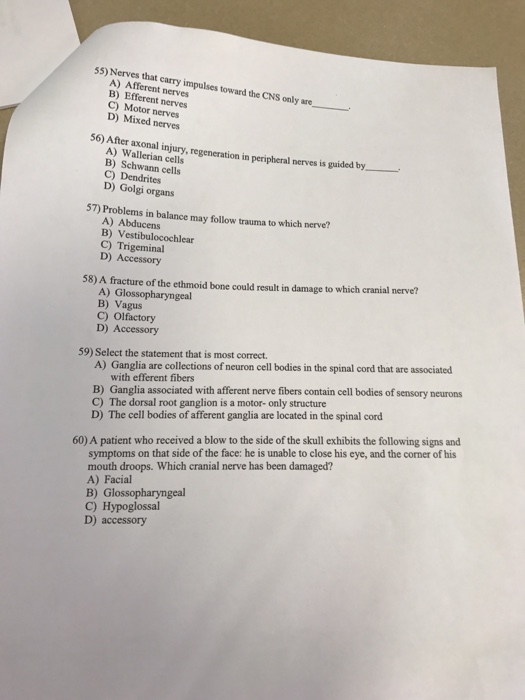After axonal injury, the regeneration of peripheral nerves is a complex process that is guided by various molecular and cellular mechanisms. The ability of axons to regenerate is determined by a number of factors, including the type of injury, the age of the individual, and the location of the injury.
One of the key players in the regeneration of peripheral nerves is the Schwann cell, a type of glial cell that surrounds and supports axons. Schwann cells are responsible for providing physical support and guidance to regenerating axons, as well as secreting various growth factors and extracellular matrix proteins that promote axonal growth. In addition, Schwann cells are capable of dedifferentiating and re-differentiating into a myelinating or non-myelinating state, depending on the needs of the regenerating axons.
Another important factor in the regeneration of peripheral nerves is the presence of a supportive extracellular matrix. The extracellular matrix is a network of molecules that surrounds cells and provides structural support, as well as signaling pathways for cell migration and growth. In the case of axonal injury, the extracellular matrix plays a crucial role in providing guidance and support for regenerating axons.
In addition to Schwann cells and the extracellular matrix, various growth factors and signaling pathways also play a role in the regeneration of peripheral nerves. For example, nerve growth factor (NGF) and brain-derived neurotrophic factor (BDNF) are important growth factors that promote the survival and growth of neurons, while the neurotrophin receptor TrkA is important for mediating the signaling pathways of NGF. Other signaling pathways, such as the RhoA pathway and the MAPK pathway, also play a role in axonal growth and guidance.
Overall, the regeneration of peripheral nerves after axonal injury is a complex process that is guided by various molecular and cellular mechanisms, including Schwann cells, the extracellular matrix, and various growth factors and signaling pathways. Understanding these mechanisms is crucial for developing effective therapies for axonal injuries, such as nerve lacerations, nerve compression, and nerve transections.
